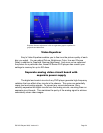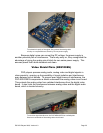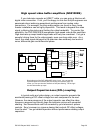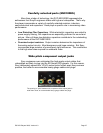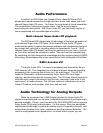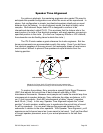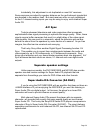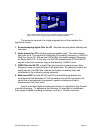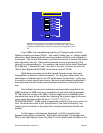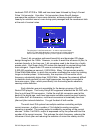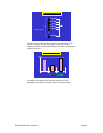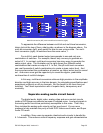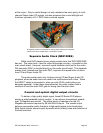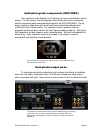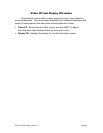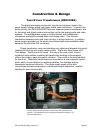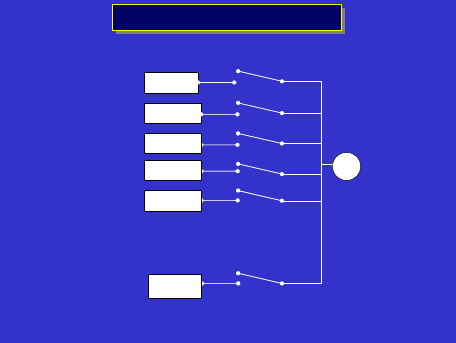
ES DVD Players 2005, Version 4.0 Page 32
Multi level D/A conversion
Multi level D/A conversion
1
+
2
…
4
8
16
32,768
MSB
LSB
Multi-bit D/A conversion in a typical early CD player employed 16
switches, corresponding to the 16 bits of the CD sample. Each switch
produced a different level of current, according to the significance of the
bit.
In the 1980s, the overwhelming majority of CD players used multi-bit
Digital-to-Analog converters (DACs). Also called "ladder type" or "resistor ladder"
converters, these designs typically used one resistor switch for each digital bit in
the sample. The value of the resistor controlled the amount of current that flowed
when the switch was On. Each switch produced current proportionate to the
value of the corresponding bit. For example, the current for the Least Significant
Bit (LSB) was 1, the next bit was 2, the next 4, the next 16 and so on up to the
16th or Most Significant Bit (MSB), which had a value of 32,768.
While these converters could offer superb dynamic range, they were
susceptible to a distortion called nonlinearity. For any given output level, the
combination of switches set On and Off would always be the same. In this way,
if a switch's current source had an error, that error would always be reflected in
the output level and the linearity would always be spoiled in exactly the same
way.
This problem of errors and nonlinearity was especially important in the
MSB, because the MSB is so big in comparison to the other bits (for example,
32,768 times the current of the LSB). So even slight errors in the MSB could
overwhelm the value of the smaller bits, distorting the musical signal at the zero
cross, where the binary digits flip from 1111111111111111 to
0000000000000000. These errors are generally masked by the music, when it is
loud. But when the music is soft, this problem of "low-level nonlinearity" can
impart a grit or hardness to the music that university researchers found to be
audible.
For this reason, technologists developed 1-bit D/A converters that
bypassed the problem completely. Significant among these 1-bit designs was
Sony's own High Density Linear Converter™ circuit, which made its debut on the



